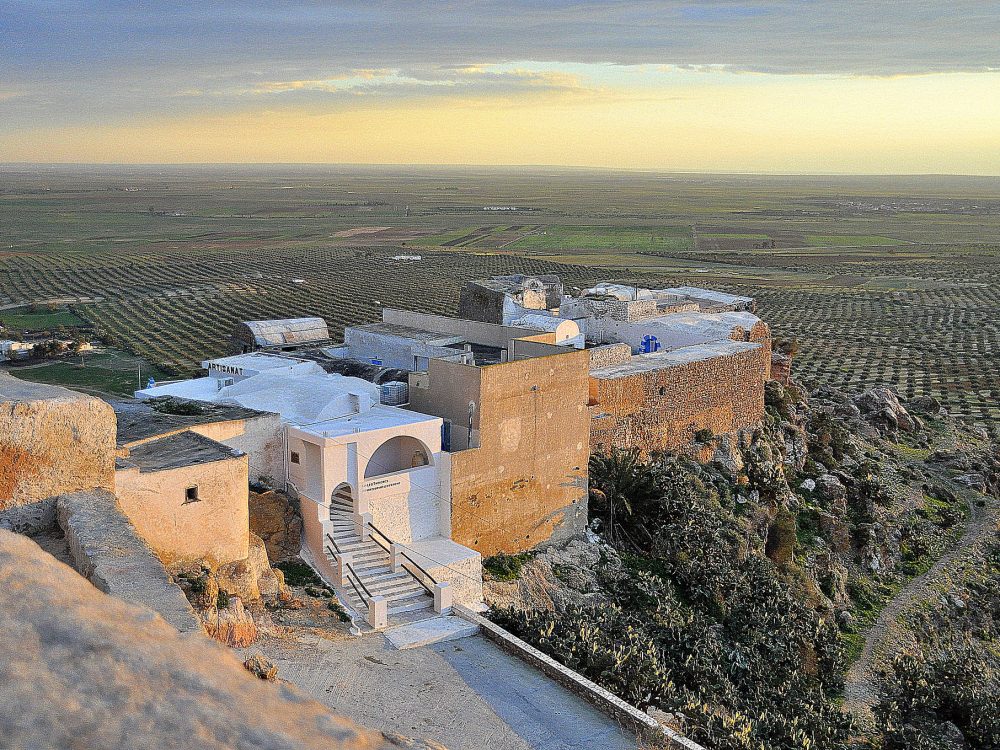Geocoding and Opening Aid Information in Nepal with USAID Support
The Government of Nepal (GoN) recently hosted a team of AidData and Development Gateway staff for our first geocoding effort as part of the AidData Center for Development Policy program with USAID. Alena Stern, Dustin Homer, Josh Powell, and Dina Abdel-Fattah took our work to a broader audience of government officials, donors, and concerned citizens.
The GoN has been operating an Aid Management Platform (AMP) since 2010 with useful results. AMP Nepal currently has information on nearly 700 development projects (both on- and off-budget) representing over $US 6 billion in disbursements, including over $1 billion in fiscal year 2012 alone.
Geocoding AMP Data
GoN officials use AMP for internal reporting, district-level aid analysis, and an annual public Development Cooperation Report. In 2012, with the support of AusAID, AidData staff geocoded over half of the AMP project portfolio. All remaining AMP projects will be geocoded in 2013 under the USAID-supported program.
GoN staff are eager to put this new geo-coded aid data to work. The AidData and Development Gateway team conducted the first-ever training on geocoding and the AMP GIS module for 17 Ministry of Finance staff. Attendees studied geocoding projects and created their own visualizations. Future trainings will include more hands-on practice, and will be expanded to include development partners and civil society.
On one occasion, a line ministry under-secretary commented that aid project maps would expose gaps in service delivery and issues with aid fragmentation, highlighting the acute needs that we hope to address with data visualization.
Public AMP Portal
In a move intended to further leverage the impact of AMP and geospatial data, GoN will soon make AMP fully public via an online Ministry of Finance portal. The public AMP will allow any user to view AMP data, download reports, and use analytical tools (including the GIS mapping tool). With this portal, GoN hopes that more stakeholders – including local government officials, more development partners, civil society organizations, media, and concerned citizens – will use AMP data to further the aid effectiveness agenda in Nepal. The public launch is slated for May 2013 (formal dates and venues will be announced shortly).
To ensure that development stakeholders in Nepal are eager and able to use the public AMP data, the AidData and Development Gateway team also worked to build a strong network of local partners in Nepal, including universities, think tanks, advocacy groups, civil society organizations, and non-governmental organizations.
We will continue to engage with this network through trainings and collaborative work to effectively leverage geocoded information to analyze and implement development projects in Nepal. Coupling strong government relationships with new stakeholder outreach efforts will ensure that aid data are used to improve development outcomes in Nepal for the long term.
In sum, the successful launch of the geocoding work in Nepal bodes well for the other 14 countries we will be working with over the next 5 years with USAID support. Government, donors, and civil society are all eager for visualized information on aid activities. We are excited and confident that good development data, made public and easy to understand and use, will have significant impacts for the people of Nepal and their partners around the world.
Share This Post
Related from our library

How useful is AI for development? Three things we learned from conversations with development experts
The development world is buzzing with excitement over the idea that new and emerging applications of artificial intelligence (AI) can supercharge economic growth, accelerate climate change mitigation, improve healthcare in rural areas, reduce inequalities, and more. But what does this look like in real life?

At a Glance | Tracking Climate Finance in Africa: Political and Technical Insights on Building Sustainable Digital Public Goods
In order to combat the effects of climate change, financing is needed to fund effective climate fighting strategies. Our white paper, “Tracking Climate Finance in Africa: Political and Technical Insights on Building Sustainable Digital Public Goods,” explores the importance of climate finance tracking, common barriers to establishing climate finance tracking systems, and five insights on developing climate finance tracking systems.

AMP Through the Ages
15 years ago, AMP development was led by and co-designed with multiple partner country governments and international organizations. From a single implementation, AMP grew into 25 implementations globally. Through this growth, DG has learned crucial lessons about building systems that support the use of data for decision-making.